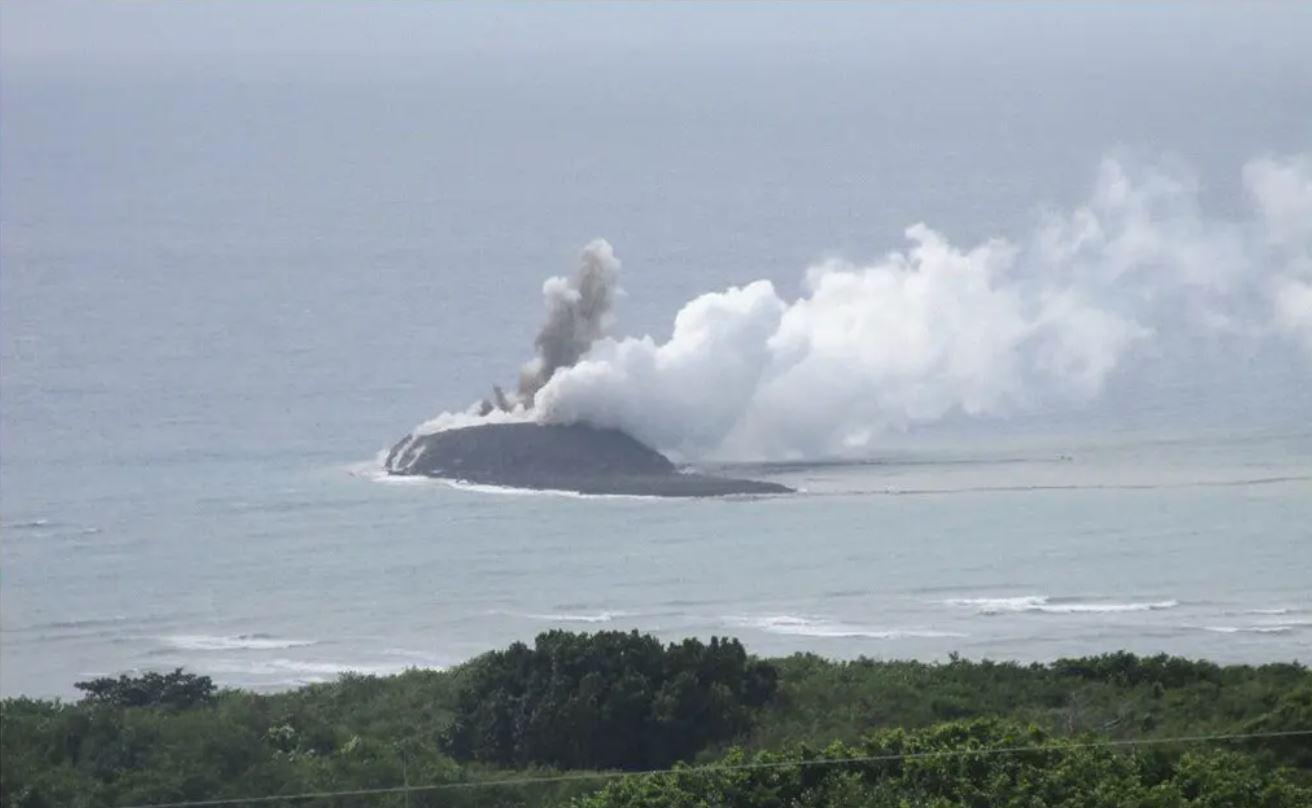A recent emergence of a new island near Iwo Jima, a significant site from World War II, has stirred attention due to an underwater volcanic eruption. The island, arising just off the Japanese shores, resulted from volcanic activity that breached the ocean’s surface on October 21st. While prior rumblings were observed in the same area, this recent eruption unveiled new land above the waves.
“Now that it’s visible,” Yuji Usui, a senior analyst for volcanic activity at the Japan Meteorological Agency, told the NYT, “people are paying attention.”
This event offers a compelling glimpse into the ever-evolving geological forces that shape the Pacific’s islands. Experts, like Yuji Usui from the Japan Meteorological Agency, emphasize the newfound visibility’s significance, marking a natural spectacle that’s drawn public interest.
“The eruptions that formed Hawaii were all before our time,” James White, a professor of geology at the University of Otago in New Zealand, told the NYT. “But also, until it got up to the water’s surface, we wouldn’t have seen them even if we’d been sitting above them in a Polynesian canoe.”
The ongoing eruption signifies potential growth for the fledgling island, despite its current small size. There’s uncertainty about when the eruption might cease, with suggestions from experts like Setsuya Nakada indicating the possibility of the island expanding further if the volcanic activity persists.
“It’s hard to know when it will stop,” Setsuya Nakada, a professor emeritus at the Earthquake Research Institute, NYT, “but assuming the eruption continues, the island could grow higher and bigger.”
The eruption likely occurred on the side of a pre-existing “parent” volcano, possibly the same one Iwo Jima sits upon, part of the Japanese Volcano Islands. However, the unpredictability of volcanic behavior complicates precise predictions, as noted by experts like James White.
While the emergence of new land is captivating, there’s a chance that the island might submerge again. These volcanic formations, often composed of excessive ash, can be transient structures, making their long-term existence uncertain.
Volcanologists will vigilantly monitor this nascent island, observing whether it endures above the water’s surface or eventually recedes into the Pacific. This event underscores the continuous and unpredictable nature of Earth’s geological processes, reminding us of the planet’s perpetual transformation and the hidden activities beneath its surface.

